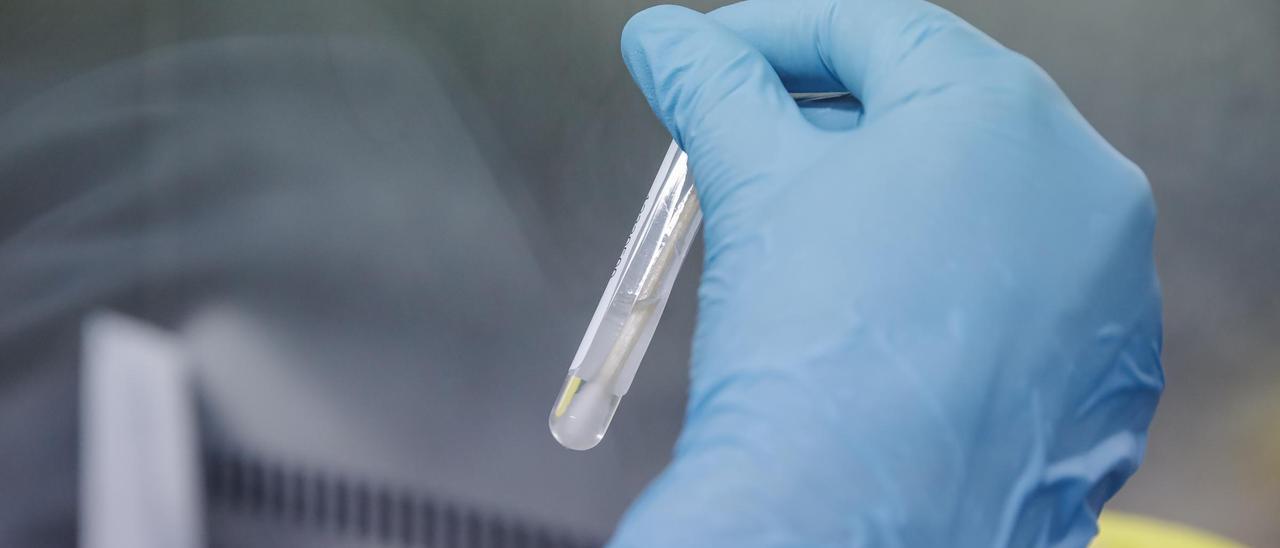SCIENTIFIC RESEARCH | Genetic plot twist: how a primitive virus became necessary to create life

Do you know this phrase about “life’s unexpected turns”? Well, pay attention to this story because it is a great example of this. Does hundreds of millions of yearsThe planet was inhabited by organisms consisting of essentially a handful of cells. These primitive creatures also became victims of infections caused by virus time. Now, an eternity later, traces of these pathogens are still present in the genetic material of every animal in the world, and according to a study published this Wednesday in the journal Science Advances, these primitive viruses become essential component for creating life. “They are essential for the development of embryos,” they explain from the National Cancer Research Center.
The scientific community has worked for decades to understand complex book of life which is written in the genes of all creatures inhabiting the planet. Early studies of the human genome found a small fraction of genes that, at least a priori, had no specific function. It later turned out that some of them were actually the remnants of these primitive viruses that infected the first forms of life on the planet. “They were considered “junk DNA”.that is, useless or even harmful genetic material,” explains Sergio de la Rosa, a CNIO researcher and one of the authors of this work.
“These retroviruses perform important functions, such as regulating other genes.”
Scientist
But over time, and thanks to the tireless work of the scientific community, it has been demonstrated that this so-called “junk DNA” is actually a key tool for life. We now know for sure that the genetic sequences of these viruses are at least 8-10% of the human genome. “In recent years, we have realized that these retroviruses, which have evolved with us over millions of years,They perform important functions such as regulating other genes.De la Rosa adds. Among them is one of those involved in the development of life.
Development rate
According to a study published this Wednesday in the journal Science Advances, also led by researcher Nabil Jouder, one of the retroviruses that we “inherited” from these primitive infections has now become one of the genes that sets the pace in the development of animal embryos. More precisely, it is a process that occurs a few hours after fertilization: transition from totipotency to pluripotency. Or, in other words, a process that removes an egg from two to four cells, and so on..
This is a process that occurs a few hours after fertilization and allows the egg to divide into several cells.
Previous studies have already shown that eliminating one of these genes prevents embryos from developing. And now, after the results published by De la Rosa and Juder, we know exactly why. As CNIO scientists explain, at least one of the genetic residues is responsible for “give the embryo enough time to adapt and coordinate smooth transition from totipotency to pluripotencyand the process of cell lineage specification during embryonic development,” Juder illustrates.
